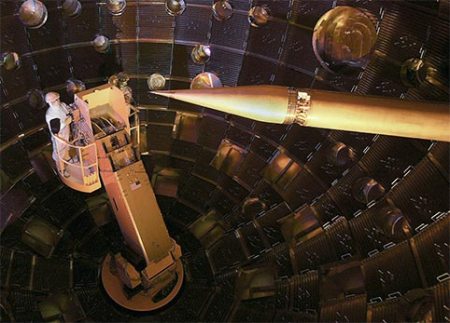The world is changing in an exponential rate. The world 20 years ago was vastly different from today. In 1987 could anyone have predicted the communication structures that we now take for granted? What will the world be like in 20 more years? It will be even more different than the last 20. (2008 update)
The End of Excess: Is This Crisis Good for America?
March 27, 2009
In the early 1980s, around the time Ronald Reagan became President and Wall Street’s great modern bull market began, we started gambling (and winning!) and thinking magically. From 1980 to 2007, the median price of a new American home quadrupled. The Dow Jones industrial average climbed from 803 in the summer of 1982 to 14,165 in the fall of 2007. From the beginning of the ’80s through 2007, the share of disposable income that each household spent servicing its mortgage and consumer debt increased 35%. Back in 1982, the average household saved 11% of its disposable income. By 2007 that number was less than 1%.
Site – http://www.time.com
The World’s Biggest Laser Powers Up
March 26, 2009
The most energetic laser system in the world, designed to produce nuclear fusion–the same reaction that powers the sun–is up and running. Within two to three years, scientists expect to be creating fusion reactions that release more energy than it takes to produce them. If they’re successful, it will be the first time this has been done in a controlled way–in a lab rather than a nuclear bomb, that is–and could eventually lead to fusion power plants.
Robots
March 6, 2009
Robotic systems continue to evolve, slowly penetrating many areas of our lives, from manufacturing, medicine and remote exploration to entertainment, security and personal assistance. Developers in Japan are currently building robots to assist the elderly, while NASA develops the next generation of space explorers, and artists are exploring new avenues of entertainment. Collected here are a handful of images of our recent robotic past, and perhaps a glimpse into the near future. (32 photos total)
Site – http://www.boston.com
Kepler mission to hunt for planets just our size
March 5, 2009
The United States is scheduled to launch on Friday an orbiting telescope designed to help answer one of the oldest and deepest questions of astronomy: Are we – or at least our planet’s microbes – alone in the galaxy? The Kepler spacecraft will stare at a patch of sky – the same 100,000 stars near the northern constellation Cygnus, all at once – for at least 3-1/2 years. The goal is to detect Earth-like planets orbiting their host stars at distances thought to be sweet spots for life. Dubbed habitable zones, these are orbits where a planet is bathed in light that is strong enough to permit liquid water to collect and remain a persistent feature of the planet’s surface. If all goes well, Kepler’s journey will start with the launch from Cape Canaveral in Florida at around 10:49 p.m. Eastern time.



 Posted by Stephen Johnston
Posted by Stephen Johnston